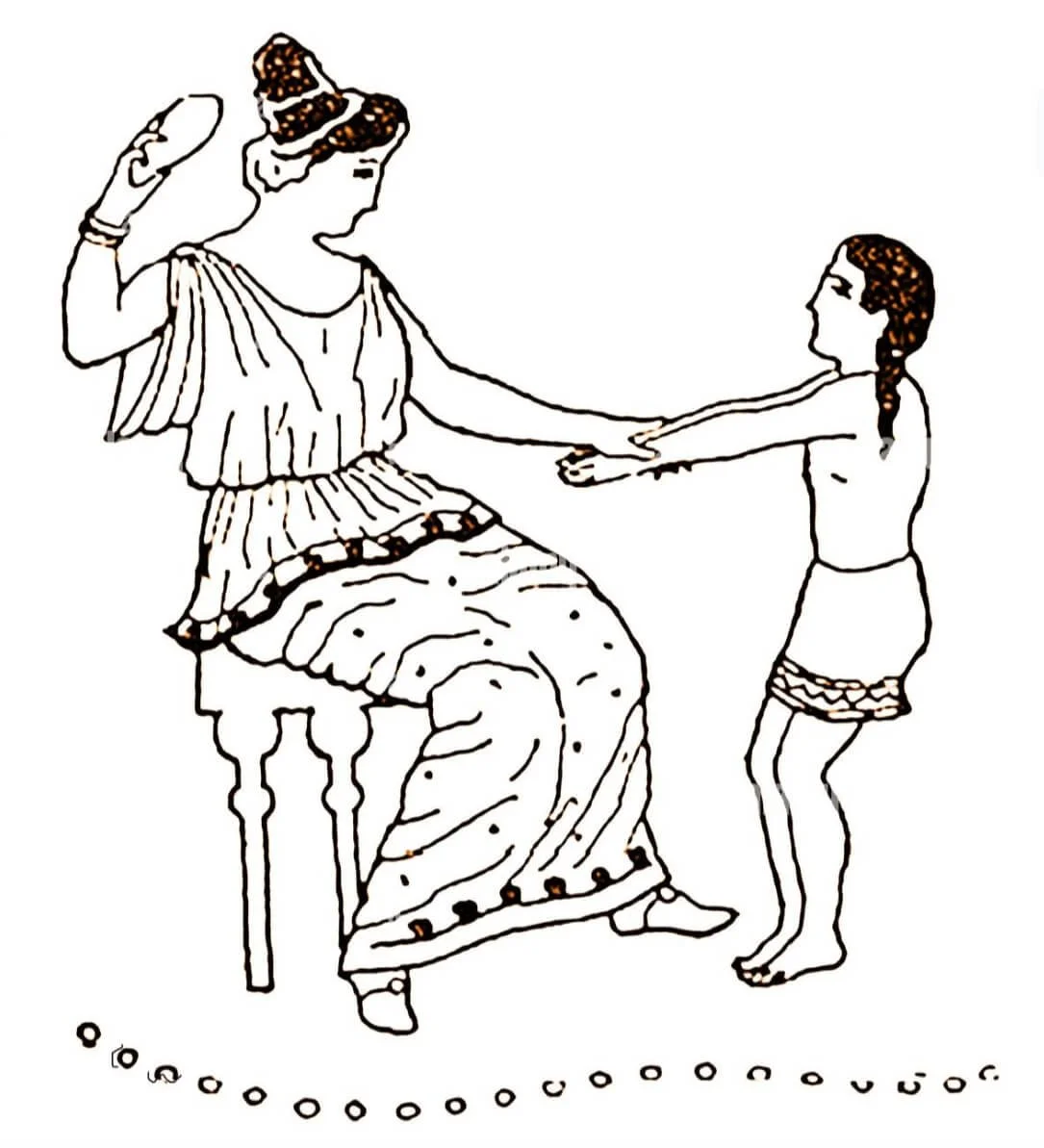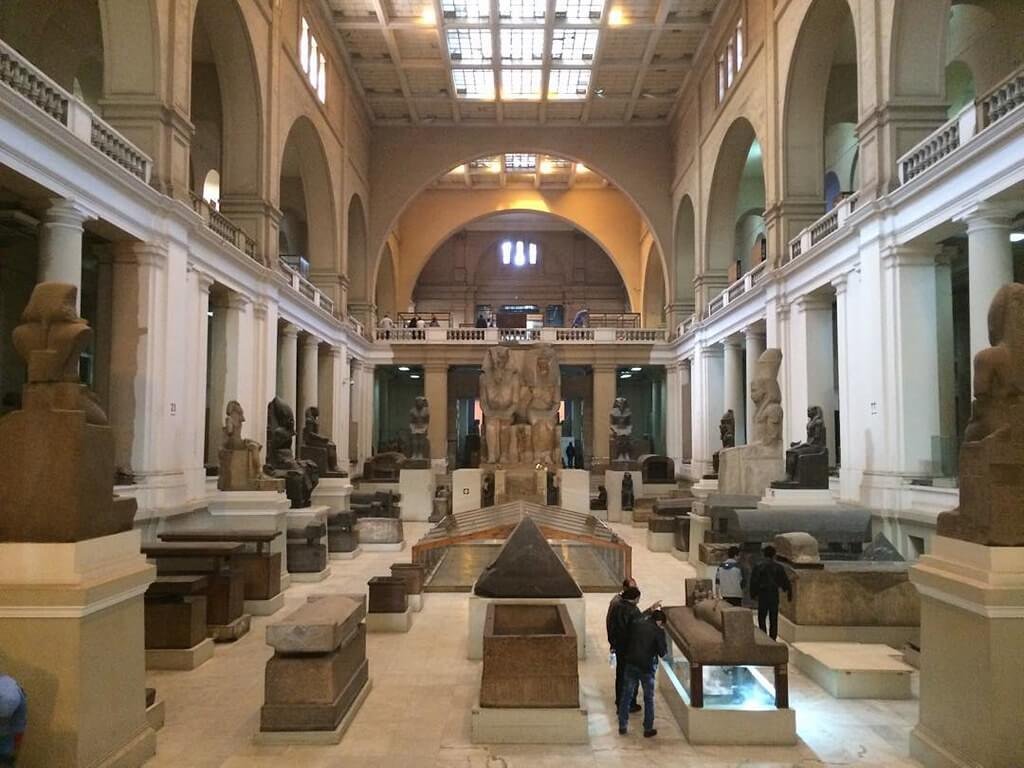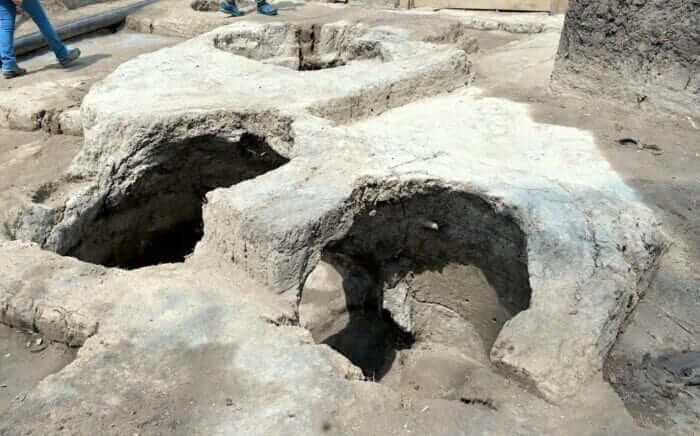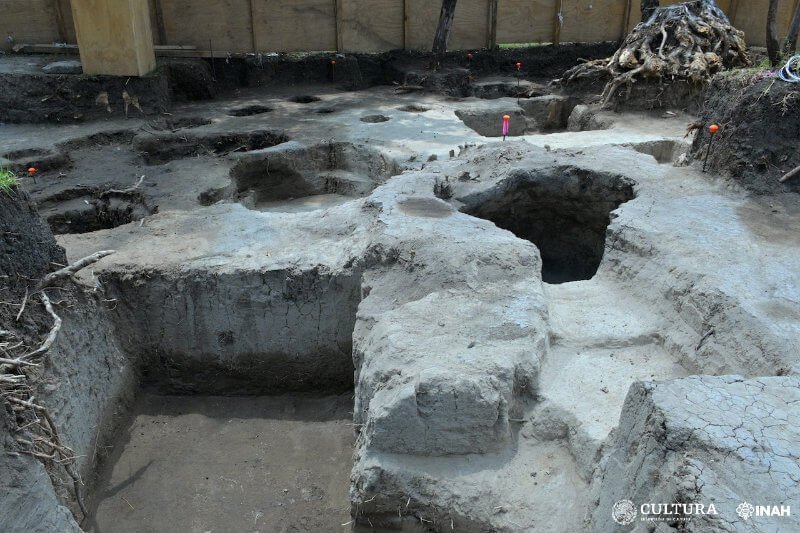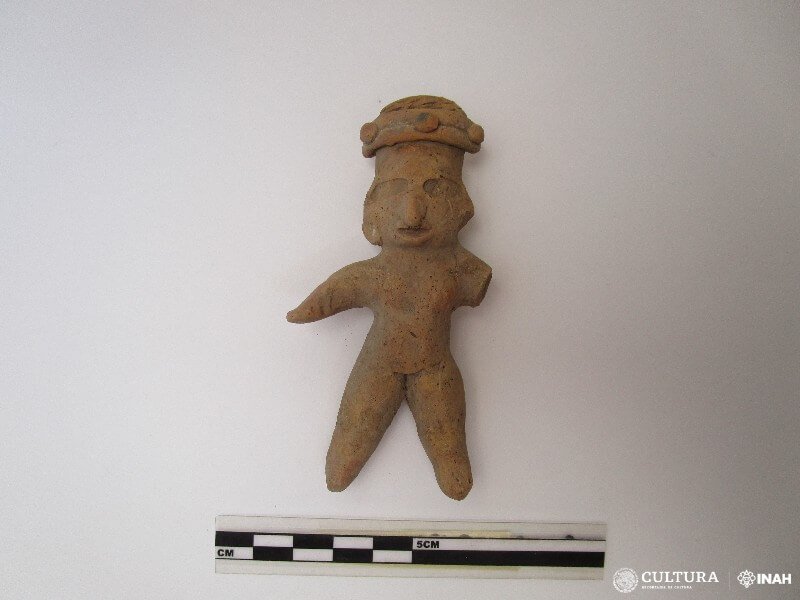Trees, essential for various reasons, often go unnoticed despite some being revered for their towering heights. They exhibit diverse growth patterns, with some reaching astonishing heights of over 400 feet. Below are details about the 20 largest trees on Earth.
1. Centurion:
Centurion, situated in southern Tasmania, Australia, claims the title of the world's second-tallest tree species. Standing at 327 feet (99.6 meters) with a trunk diameter of 13.3 feet (4.05 meters), Centurion survived wildfires in 1934 and narrowly escaped logging in 1950.
2. The Monkey Pod Tree:
The Samanea saman, or monkeypod tree, native to tropical America, is renowned for its massive shade. With a crown diameter of around 200 feet, this tree's wood is often used for carvings, bowls, or platters. Its pods, with a sticky brown pulp, serve as cattle feed in Central America.
3. The Doerner Fir:
Named after a specific Douglas fir in Coos County, this tree is the tallest non-redwood globally, measuring 327 feet (99.7 meters) and being approximately 500 years old. Although not the tallest, it stands out for its age and size.
4. Kauri Tree:
New Zealand's Kauri tree, exemplified by Tane Mahuta, the "Lord of the Forest," stands at 51 meters with a circumference of 13.8 meters. Aged around 2,500 years, these ancient trees faced depletion during the European settlers' arrival.
5. Giant Sequoia Tree:
Also known as the Sierra Redwood, these colossal trees, native to the U.S. west coast, can grow up to 85 meters in height and 8 meters in diameter. The General Sherman tree, over 2,000 years old, is a renowned example in California’s Sequoia National Park.
6. Baobab Tree:
Found in African savannahs, the baobab tree, nicknamed the bottle tree or Tree of Life, has a wide, fire-resistant trunk, sometimes hollow, providing habitat for animals and even humans. Sunland baobab trees, up to 2,000 years old, are believed to possess mythical protective powers.
7. White Knight:
Standing just under 90 meters, White Knight is an exceptional white peppermint tree located in northeastern Tasmanian forests. One of the few remaining ultra-sized white peppermints, it, along with other massive trees, forms a grove in Mathinna near Avoca.
The significance of tall trees lies in their diverse ecological roles. Feel free to share information about tall trees in your area that you'd like to include.











